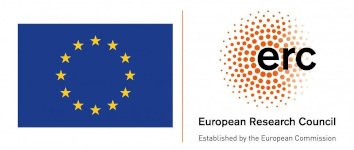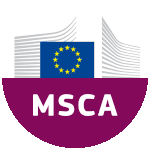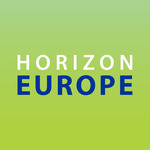Coordinator
Research groups
- TICs and Emotions
- Applied Biomechanics
- Signal Interpretation
- Wireless Technologies, Security and e-Health
- Biomaterials
- Power Electronics
- Smart Environments
- Ergonomics
- Mechanobiology
- Tissue Microenvironment
- Laser Technologies
- Physiotherapy

Many rare diseases cause chronic health problems or are even life-threatening. The impact on the quality of life of affected patients, of whom many are children, is significant. To date, a limited but increasing number of so-called orphan drugs (drugs for rare diseases) are reaching patients.
However, the majority of rare diseases are still without any effective treatment. The development of novel human systems for drug discovery therefore represents a major public health priority. Microfluidic technology-based “Organs-on-a-chip” represents a powerful tool for investigating rare disease mechanisms and testing new drug and treatment due to their ability to mimic tailored micro-environment architecture inspired by organ-level functions in vivo.
Projects
Computational biomechanics and bioengineering 3D printing to develop a personalized regenerative biological ventricular assist device to provide lasting functional support to damaged hearts


Digital transformation of clinical practice by using patient-specific cardiac digital twins for risk prediction and therapy optimization

Customised DNA-based nanocarriers to boost heart healing

Extracting the Human Motor Null Space from Muscles - A new framework to measure human neural activity
 ,
, 
In vitro characterization and in vitro/in vivo simulation of the effect of hypoxia and drug dosis in glioblastoma growth

Individual and Collective Migration of Immune Cellular Systems
 ,
, 
multI-discipliNary, multi-Sectoral and multi-national trainIng network on Digital biomarkErs for supraventricular arrHythmia charactErizAtion and Risk assessmenT
 ,
, 
COMPUTER-AIDED EFFECTIVE FRACTURE RISK STRATIFICATION OF PATIENTS WITH VERTEBRAL METASTASES FOR PERSONALISED TREATMENT THROUGH ROBUST COMPUTATIONAL MODELS VALIDATED IN CLINICAL SETTINGS


ECG morphology clusters for sudden cardiac death risk stratification in coronary artery disease using genetics and human-based computational models

VAScularised Tumour Organoids on a chip with human placenta vessels as a preclinical model for anticancer therapies
 ,
, 